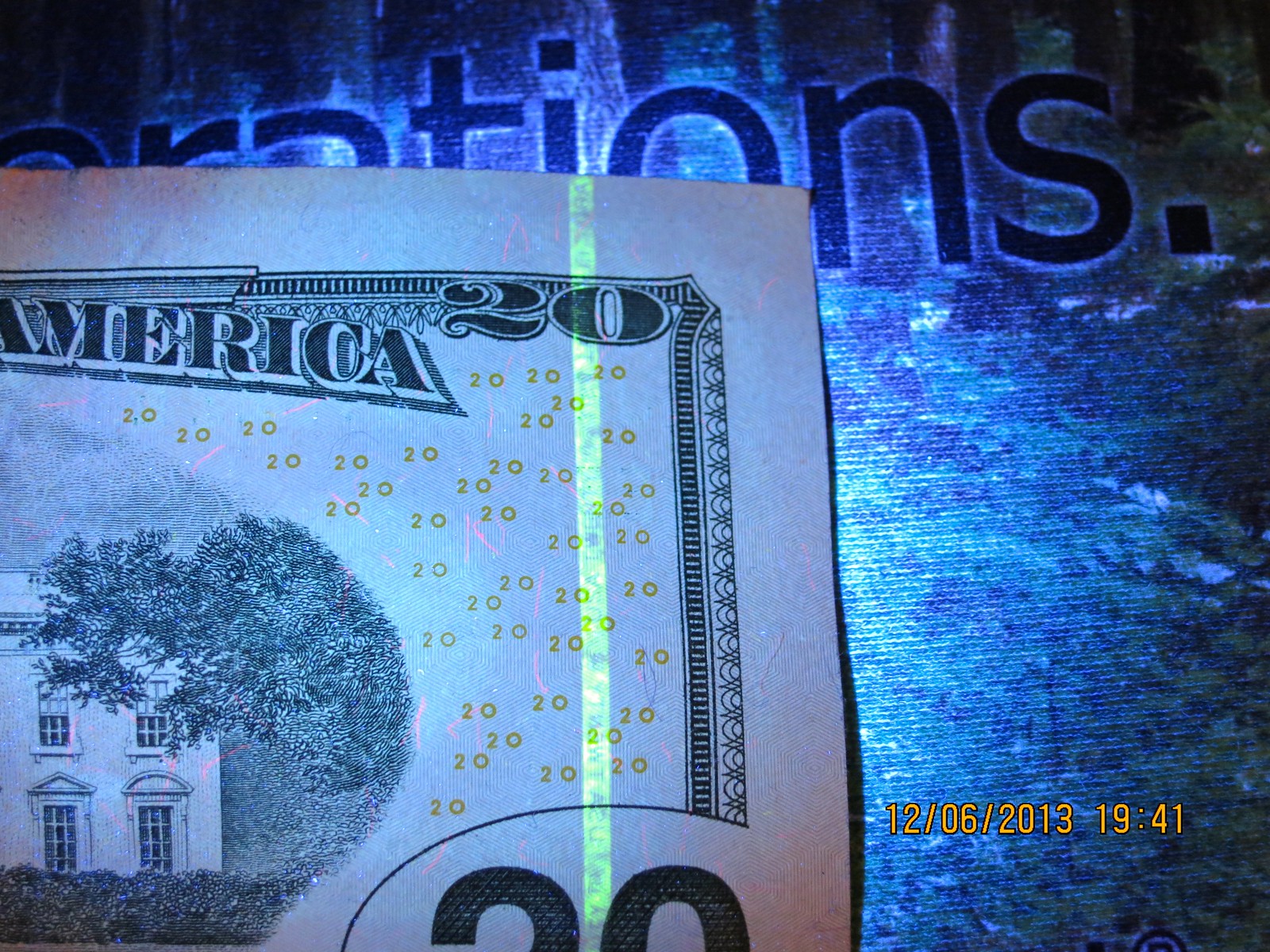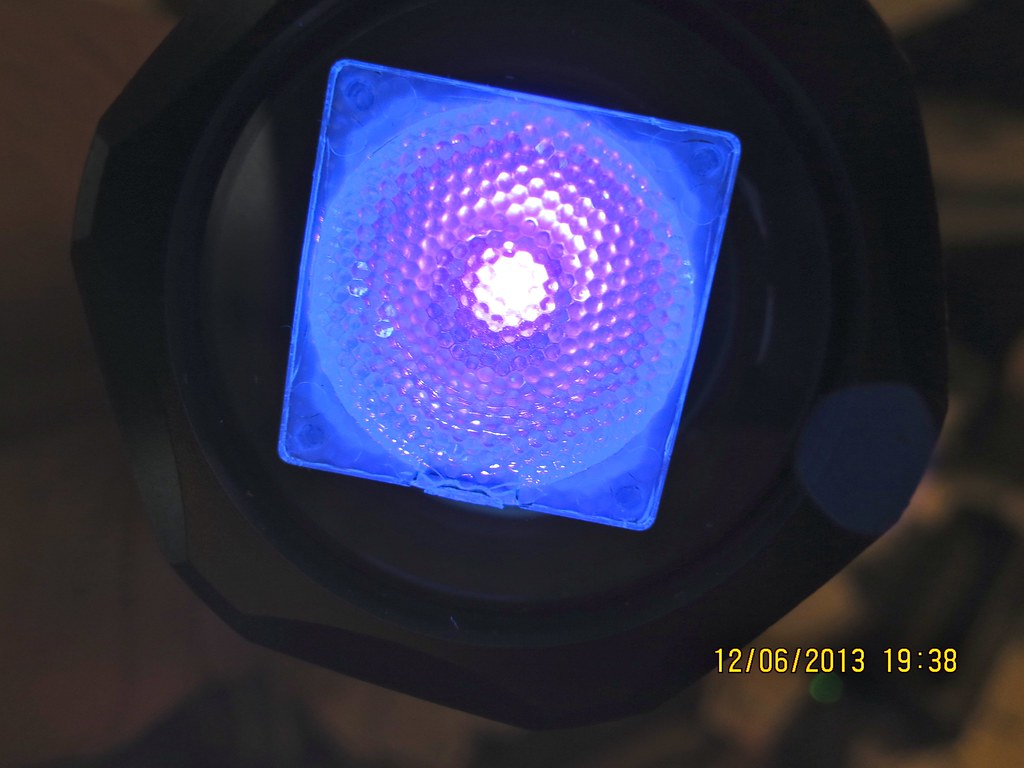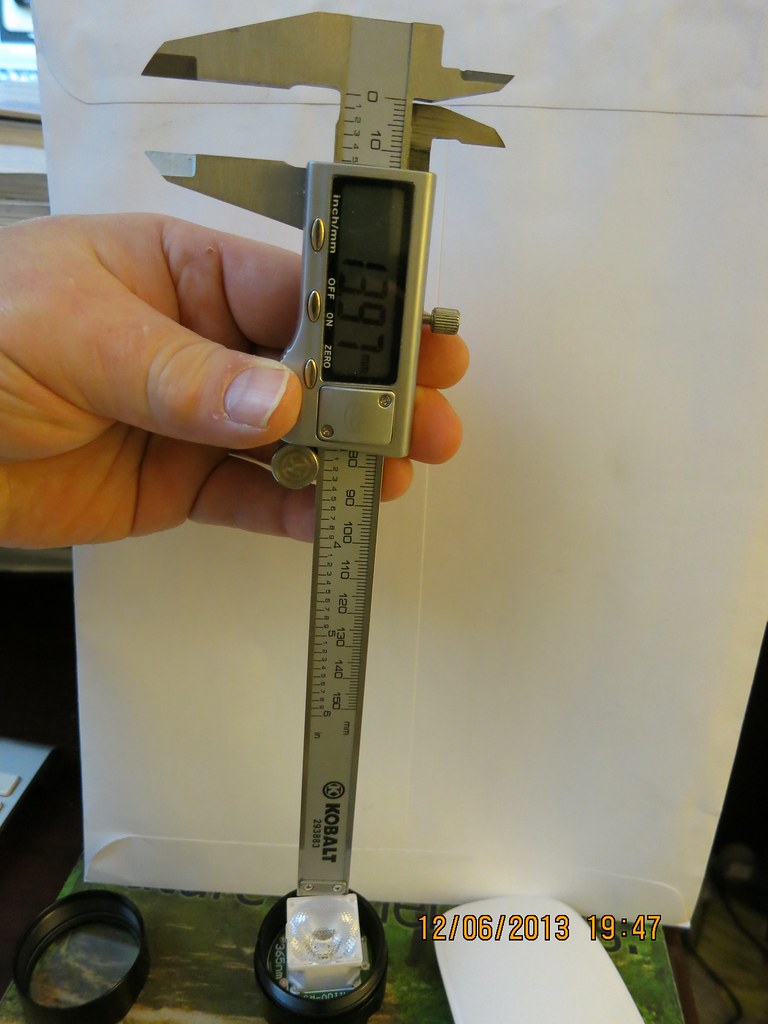Yeah, its verboten. You really never know who might see it, and if for example if by some happenstance it involved a loved one of yours, etc…its traumatic to see something like that online.
Its like doctors discussing a case in the elevator with an unbeknownst family member of the patient along for the ride…its just not fair to the parties involved…they deserve privacy.
For perspective, the vast majority of my investigations lately involve solving environmental safety and health issues, say nabbing polluters more than bank robbers, etc.
I do a TON of investigations that actually just answer why water leaked into a building and if there’s mold, how to get rid of it, etc. I started a company just to do that on a consulting basis. I now am subcontracted as a consultant on the more traditional investigative work, so I keep busy with a variety of things. A lot of skills are very cross applicable,and I’ve been involved in one way or the other since the ’70’s…
Some things add together many facets, for example, I might measure the sound deadening at shooting ranges, and/or calibrate the range lighting for night shooting practice, so we know what scopes/sights need how many lux to shoot what…so I might be out at 3 am with a bunch of people shooting a few thousand rounds down range while I measure the lux on the targets and adjust the lighting while we chat on the radios to see who can do what with what lux, etc.
Or I might be sneaking remote control monitoring stations up/downwind or stream from suspected polluters and collecting evidence over many months to find patterns of releases to the environment that a single inspection would probably miss (Already missed typically…). One plant used a large truck to screen cameras’ views of a storm drain, and once in a while, the truck would cover the hole, they’d open it, do the illegal dumping, close the hole, and drive off again. If they knew you were onsite, they simply didn’t dump…and the fencing, etc, made it impossible to see what they were doing in there otherwise….
…So I set up monitoring stations up and down stream IN the sewers, to compare the water going into the plant with water coming out, and measure/collect the water quality every few minutes….and every night I’d sneak back and recover the samples, swap in fresh batteries for the sampling pumps, etc, and sneak back out undetected (the manholes were under their security surveillance we discovered, they had Jeep Cherokees with bar lights and spot lights patrolling the areas, to report back to base if “intruders” were around, etc.)
Nailed’m too.









